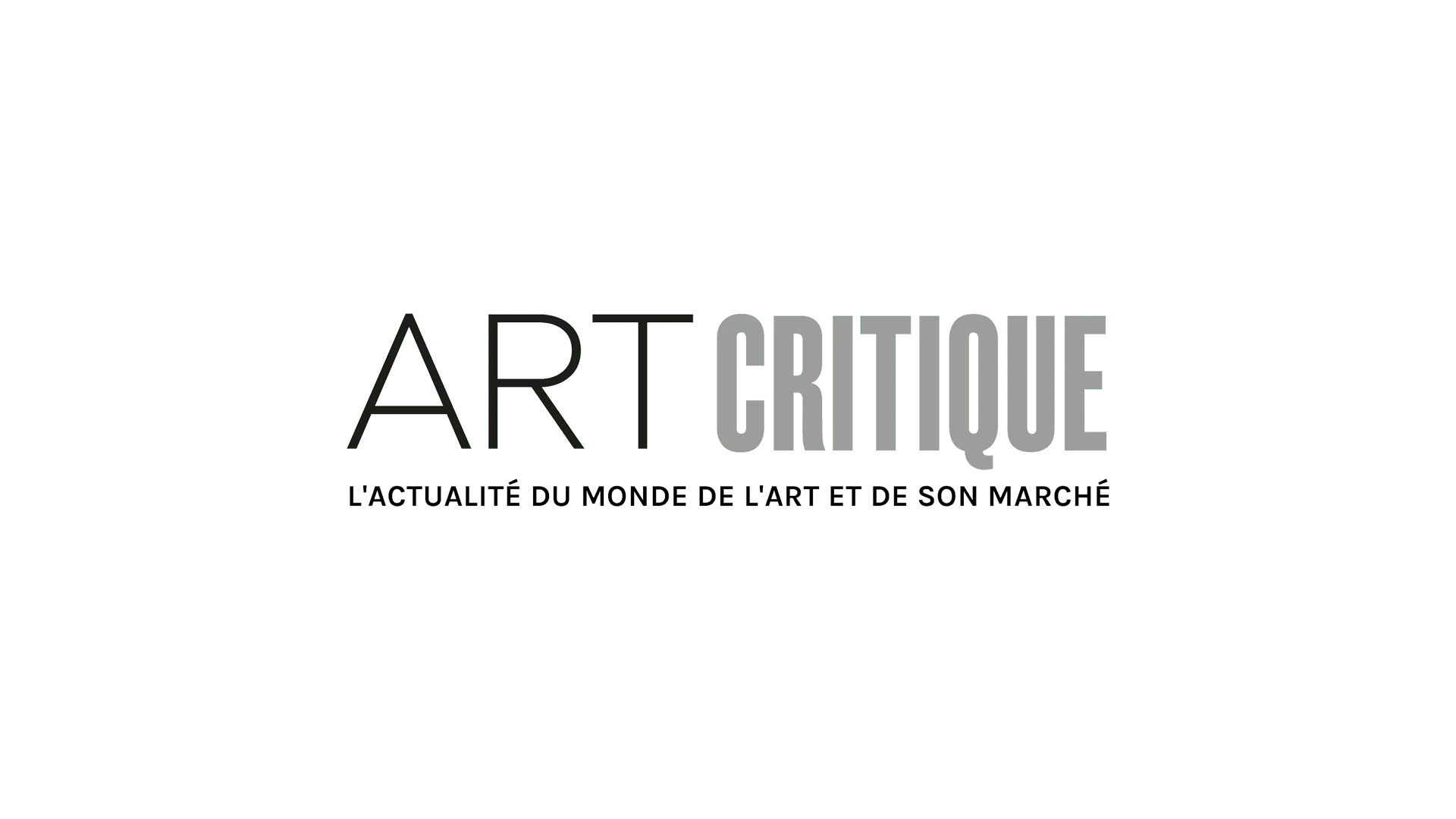After undergoing a very, very long reconstruction period, the Musée des Beaux-Arts in Dijon, one of the most luxurious in Europe, will be reopening its doors. An advertising campaign appropriately proclaims that it’s “a museum transformed”. However, those visitors familiar with the museum’s former layout may have a bit of difficulty finding their way around this building which has been entirely restructured by Yves Lion’s architectural firm and where only the magnificent vistas along the urban landscape let you know exactly where you are. Upon arrival visitors are still greeted by the solemn staircase to the Museum of yesteryear, but then most of the traffic flow has been redesigned – even compared to the initial layout released in 2013 after the first phase of construction. It would be reasonable to assume, for example, that the Galerie de Bellegarde, restored to its original scale, would remain dedicated to the Italian Renaissance — but that is not the case: it now houses the treasures of Champmol, as a prelude to the Salle des Tombeaux. Conversely the rooms previously showcasing the Middle Ages have now become Italian! The splendid “Moses saved from the waters” by Véronese, a mainstay of the noble hall, looks like it has been mounted too high …
The new organization of Dijon’s famous museum is meticulously chronological, from Antiquity to the 20th century. The result is undoubtedly very educational, with some pleasant surprises. Why, for example, are there important but limited archeological pieces included in this general collection? A first room on “Antiquity as a source of inspiration” cleverly responds to that question. Similarly, at the other end of the exhibition, a room devoted to 19th century historicism highlighting the delightful Louis XIII enfant by François Rude, is very inspired. In between the two rooms is a documentary space, sure to appeal to historians, dedicated to the Chartreuse Champol, a remarkable watercolour by Fyot de Mimeure showing the destruction of the monastery and the neo-gothic mourners being removed from the tombs. The large paintings by Restout and Van Loo, ordered under the previous system to modernize the décor, are valuable pieces in the history of sophistication. The old Chapter House of the Saint-Chapelle has not fared as well: stripped of its works, it only offers a vague introduction to the palace’s history beyond the main tour. The choice is debatable to say the least. Generally speaking, the vast wealth of Dijon’s celebrated museum is also in potential danger. A total of 50 rooms is a huge area for tourists to cover, especially in a building with endless walking up and down staircases. It might be advisable to delineate a “discovery tour” and an “in-depth tour” suited to a range of visitors.
Nevertheless, like any other opening, the 2019 version of this Burgundian institution is a chance to rediscover some exceptional pieces. For example, there is Saint John sleeping in wood by Swiss sculptor Martin Hoffmann (early 16th century), Giovanni di Asola’s sacra conversazione where the green moiré fabric behind the Madonna and Child is absolutely fascinating and a lovely group of children by Rottenhammer (c. 1600) as well as Alphonse Legros’ The Credo, a very recent acquisition whose interpretation remains mysterious. All this, of course, is in addition to the other well-known masterpieces that give the establishment it’s richly deserved reputation. One of the strengths of the new layout is also the attractive and worthy place given to Burgundian artists. Grégoire Guérard, recently the subject of a book by Frédéric Elsig, is now represented three times on the museum’s walls. Pieces by Nicolas de Hoey, another artist of the era, are effectively brought together. The pale grey backgrounds of Jean-Louis Quantin’s 17th century rooms splendidly bring out the remarkable saint Bernard. The curious “Presentation of the Virgin with saints” from Chalonnaise painter Vincent Plassard, acquired in 2002, is worth investigating, just like the beautiful “Agony of Christ” by Le Bault from Saint-Bénigne. Nearby, a well-designed showcase restores Jean Dubois (who was the focus of a recent symposium) to his rightful prominence: the modello of the Visitation alone would be enough to earn him a major position. Farther along, in Room 37, “Bourgogne-Comtois landscapes”, is an appropriate echo to a similarly themed exhibition organized in 2002 which featured Félix Ziem, Jean-Jean Cornu, Charles Ronot and Jean Laronze.
collections led to the museum’s creation (as noted by the excellent book from the commemorative exhibition in 2000 entitled “L’Art des collections” – an edition which, apparently, the museum’s bookstore doesn’t sell!) The school is merely alluded to in a corridor where the paintings are badly hung; the very beautiful Young man reading by Gagneraux, deserves a more prominent place than somewhere very low between a closet and a door! Immediately following that comes the Salon Condé where the same artists are in the spotlight – but Rameau’s portrait has disappeared, transferred to a reconstructed dining room setting of dubious good taste. In the same collection, Room 28, conceived as a tribute to neo-classicism, is quite misnamed; neither Claude-François Attiret’s La chercheuse d’esprit nor Louis Rolland Trinquesse’s gallant scenes have the male restraint characteristic of the neoclassical style. Here, it is obvious that the need to preserve the integrity of the Salon Condé, the Salle des Statues and the oversize gallery has made the designer’s academic efforts more complicated. Conversely, the 19th century pieces demonstrate the rigor of a truly encyclopedic exhibition, one which deserves to be seen over and over again to be fully appreciated for all its achievements.
(to be continued)






